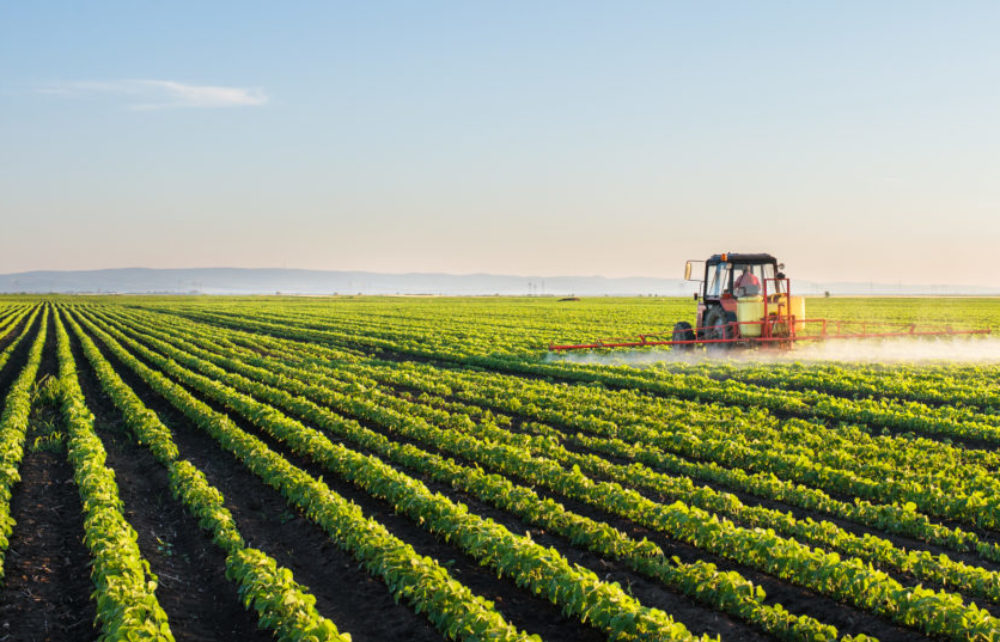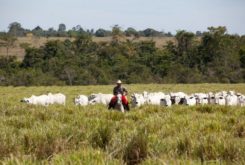Fueled by newly booming demand for commodities, particularly from China, Brazil is on track to harvest record amounts of soy, corn and other grains this year.
Farmers in the world’s number one soy producer and number three corn producer have been harvesting at a record pace, capitalizing on prices that have leapt to multi-year highs on world markets after plunging because of the coronavirus pandemic last year, AFP reported.
The South American giant got off to a slow start because of a drought last seaso n in key grain-belt states, but now has a bumper crop coming in thanks to superb weather.
China-Brazil Relations Expected to Improve with New Head of Brazilian Diplomacy
“Grain production in Brazil continues at the record pace we have seen through the 2020-21 harvest season, with growth of 16.8 million tonnes, or 6.5 percent, over the last harvest,” the government’s agricultural supply agency, Conab, said Thursday in its latest update.
Brazilian grain farmers expanded their total crop land this year by 68.5 million hectares (169.3 million acres), a 3.9-percent increase, it said.
The soy harvest is forecast to come in at an all-time high of 135.5 million tonnes, 8.6 percent above last year’s crop, which was itself a record.
Corn is also on track for a record, with a forecast harvest of 109 million tonnes, up 6.2 percent.
The huge crop has farmers working full-steam in places like Salto do Jacui, which sits at the heart of farm country in the southern state of Rio Grande do Sul, Brazil’s third-biggest grain producing state.
Working side by side, combines have been plying the golden fields, cropping the sea of soybeans under a bright blue sky.
“We’re very happy with the results of this year’s harvest,” said farmer Adroaldo Rossato.
“Thanks to great weather we had excellent productivity. And prices are also very high, way above previous years,” he told AFP on a break from harvesting.
Much of Brazil’s crop will be heading for China, whose rebound from the pandemic has put it back in the market for commodities in a big way.
The Bloomberg Commodity Index is up 32 percent over the past year, as Beijing’s renewed appetite for raw materials drives prices to multi-year highs.
China has again become a voracious importer of not just soy — which it largely uses for hog feed — but oil, copper, iron ore and coal.
The trend has some analysts wondering whether the world is at the start of a new “commodities supercycle.”
“If we are to see the start of a new supercycle, this robust demand growth that we are seeing from China will have to be sustainable for several years,” said ING bank head of commodities strategy Warren Patterson in a note.




